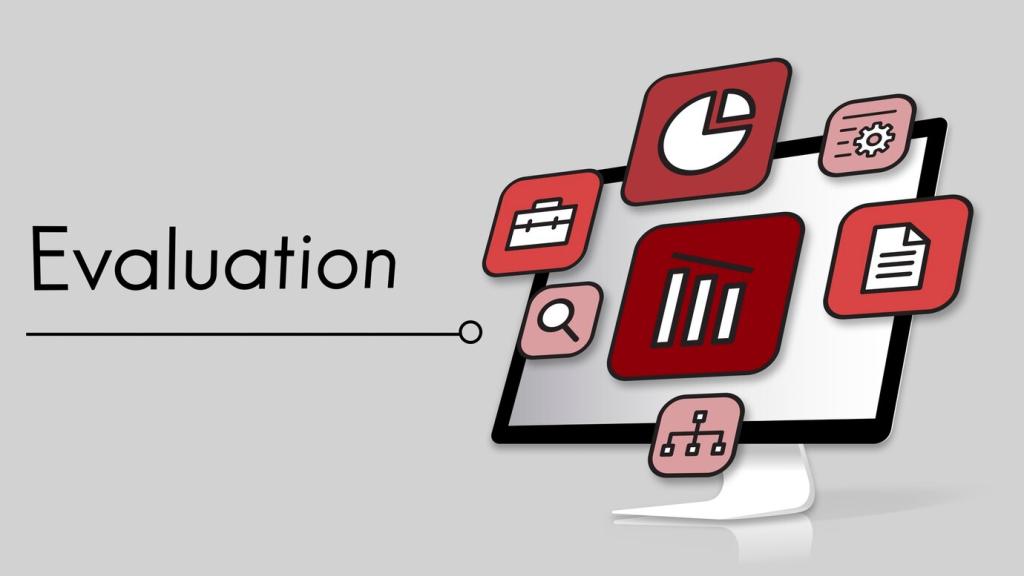
Identifying Risks in IT Audits: See What Others Miss
This edition’s theme: Identifying Risks in IT Audits. Join us for a clear, candid journey through the blind spots, breakthroughs, and practical tactics that elevate your next audit from checklist to insight. Subscribe, share your toughest risk questions, and help the community sharpen its lens.
Why Identifying Risks in IT Audits Matters Now
01
The evolving threat surface
Hybrid work, SaaS sprawl, and API-first architectures widen the attack surface faster than most control catalogs can track. Audits that spotlight identity, data flow, and integration trust boundaries help catch risk early. Comment with your most surprising new risk area from the past year.
02
Compliance versus real risk
A green spreadsheet does not guarantee safety. High-impact risk often hides behind compliant but weakly enforced controls. Effective audits contrast policy intent with operating reality, using samples, interviews, and walk-throughs. Share a moment when a seemingly compliant area masked a serious exposure.
03
A day the server went dark
An auditor once traced a recurring outage to a forgotten power redundancy test, overlooked for years. The lesson: operational reliability risks can be as damaging as security gaps. If you have a story where basic hygiene saved the day, add it below to inspire others.
Scoping the Audit to Surface Real Risks

Defining critical assets and processes
Start with the business outcome, then map the enabling systems, data classifications, and privileged identities. Align audit scope to crown-jewel workflows—payments, patient records, manufacturing lines. This focus cuts noise while magnifying risk clarity. Which crown-jewel map surprised your team most?

Stakeholder interviews that reveal hidden weaknesses
Well-crafted interviews uncover control workarounds and pain points. Ask, “What keeps you up at night?” and “Where do exceptions live?” Cross-check answers with logs and tickets to validate patterns. Invite readers to share their favorite question that consistently exposes risk during interviews.

Risk appetite and materiality in practice
Translate policy language into thresholds auditors can apply: downtime tolerance, data loss limits, and error rates. Calibrating impact levels helps prioritize findings that truly matter. What metric best signals material risk in your organization—financial loss, regulatory penalty, or customer trust erosion?
NIST CSF clarifies functions—Identify, Protect, Detect, Respond, Recover—while ISO 27001 anchors governance and control ownership. Together they expose coverage gaps and maturity plateaus. When auditing, trace control objectives back to specific risks and evidence. Which lens helps you explain findings to executives?

Identity, Access, and Segregation of Duties
Access accumulates as employees change roles, creating hidden toxic combinations. Use role mining, entitlements reviews, and periodic recertification to curb privilege drift. Prioritize high-risk apps and admin rights. What cadence and tooling have helped you detect risky combinations before incidents occur?

Identity, Access, and Segregation of Duties
Break-glass accounts, shared credentials, and bypassed approval flows undermine PAM. Verify that sessions are recorded, approvals are enforced, and elevation paths are auditable. Test emergency workflows explicitly. Tell us about a PAM control that looked perfect on paper but failed under pressure.

Shadow changes and unlogged deployments
Hot fixes and manual tweaks can bypass pipelines and approvals. Reconcile deployment logs with monitoring data to spot untracked changes. Encourage engineering to surface exceptions transparently. Have you implemented guardrails that catch shadow changes without slowing delivery? Share your approach.

Baseline configuration and drift detection
Hardened baselines mean little without continuous verification. Use configuration management and policy-as-code to detect unauthorized variance promptly. Sample evidence across environments—dev, test, prod—to confirm consistency. Which tool or practice gave you the clearest signal on drift hot spots?

Backups, recovery objectives, and restore tests
Ask for proof of successful restores, not just backups. Validate RPO and RTO against business expectations, including ransomware readiness and offline copies. Tabletop and live restore drills reveal real resilience. When did a restore test uncover a critical gap you were grateful to find early?
Data, Cloud, and Third-Party Risk

Labels mean little if data roams. Validate that classification drives encryption, access, and retention decisions everywhere data travels. Trace a sensitive dataset from creation to archival. What tactic helped you align data handling in shadow SaaS with official policy?
Logging, Detection, and Incident Response
If logs are noisy, late, or incomplete, detections will fail. Audit log coverage, time synchronization, and retention against use cases, not just quotas. Validate that identity events and admin actions are captured. Which telemetry gap surprised you during a recent investigation?


Logging, Detection, and Incident Response
Paper procedures do not guarantee performance. Tabletop scenarios expose ambiguity, missing contacts, and decision bottlenecks. Measure time-to-detect and time-to-contain, then refine. Invite your team to share one playbook tweak that saved precious minutes during an actual incident.
